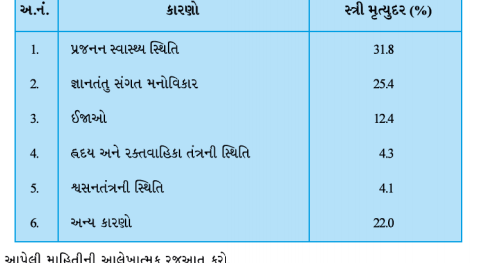Answer
Step by step text solution for In rolling a die . Does the first player have a greater chance of getting a six on the top face? by MATHS experts to help you in doubts & scoring excellent marks in Class 9 exams.
|
Topper's Solved these Questions
PROBABILITY
NCERT GUJARATI|Exercise DO THIS|3 VideosView PlaylistPROBABILITY
NCERT GUJARATI|Exercise TRY THESE|7 VideosView PlaylistPOLYNOMIALS AND FACTORISATION
NCERT GUJARATI|Exercise TRY THESE|5 VideosView PlaylistPROOFS IN MATHEMATICS
NCERT GUJARATI|Exercise EXERCISE - 15.4|15 VideosView Playlist
Similar Questions
Explore conceptually related problems
Knowledge Check
Similar Questions
Explore conceptually related problems
